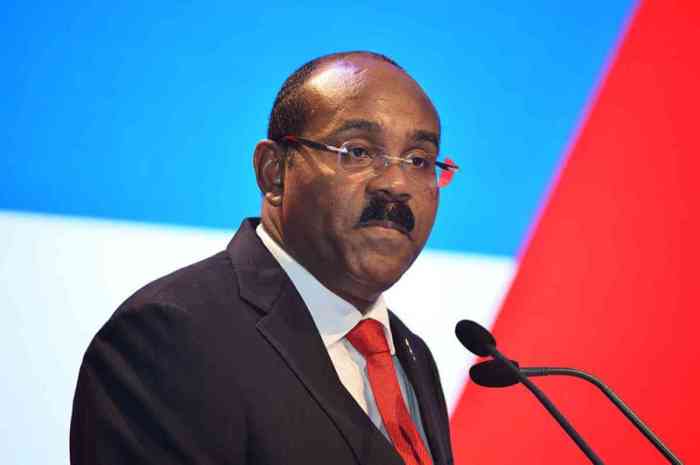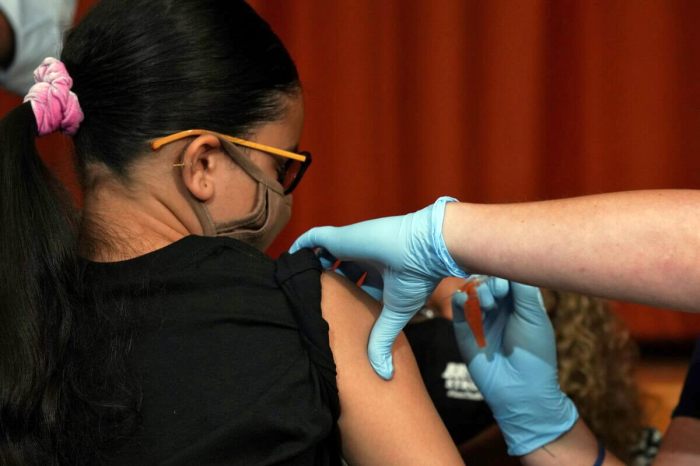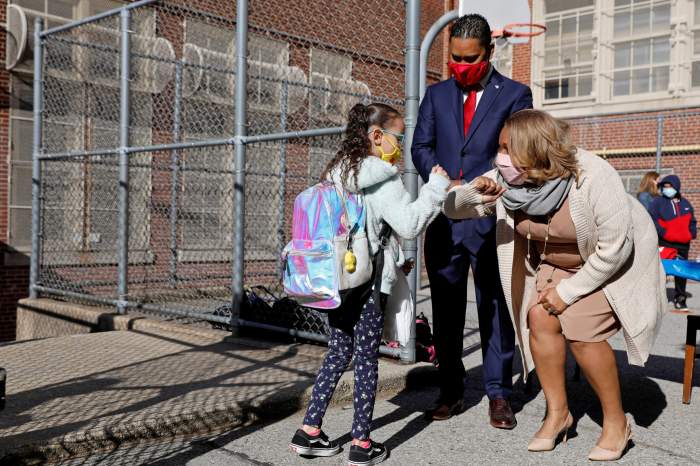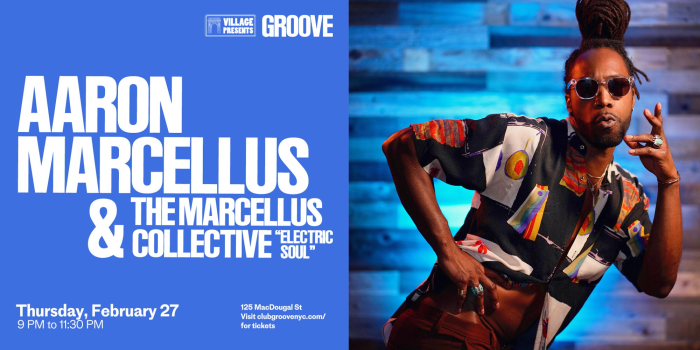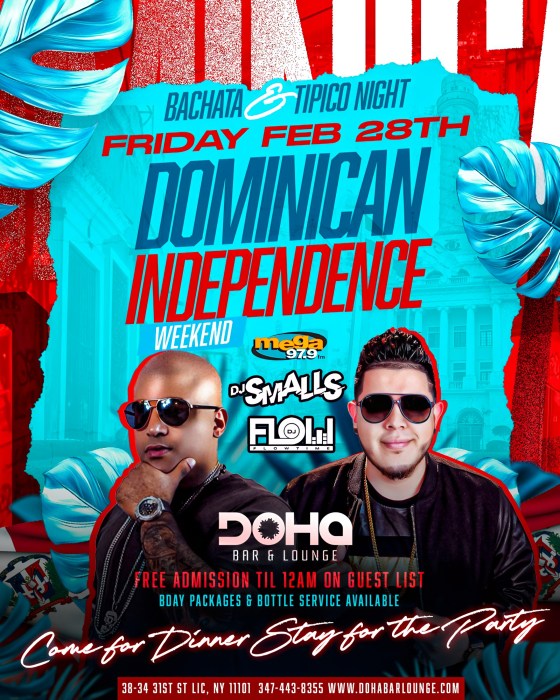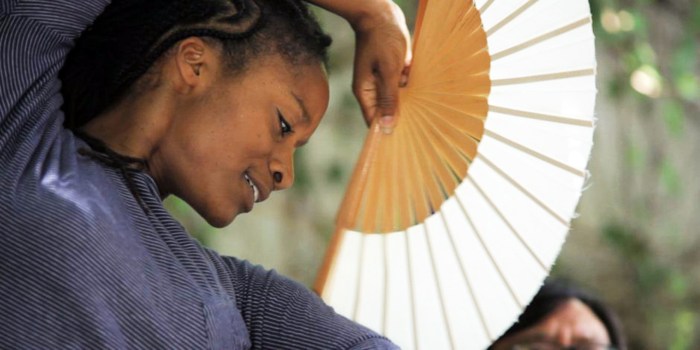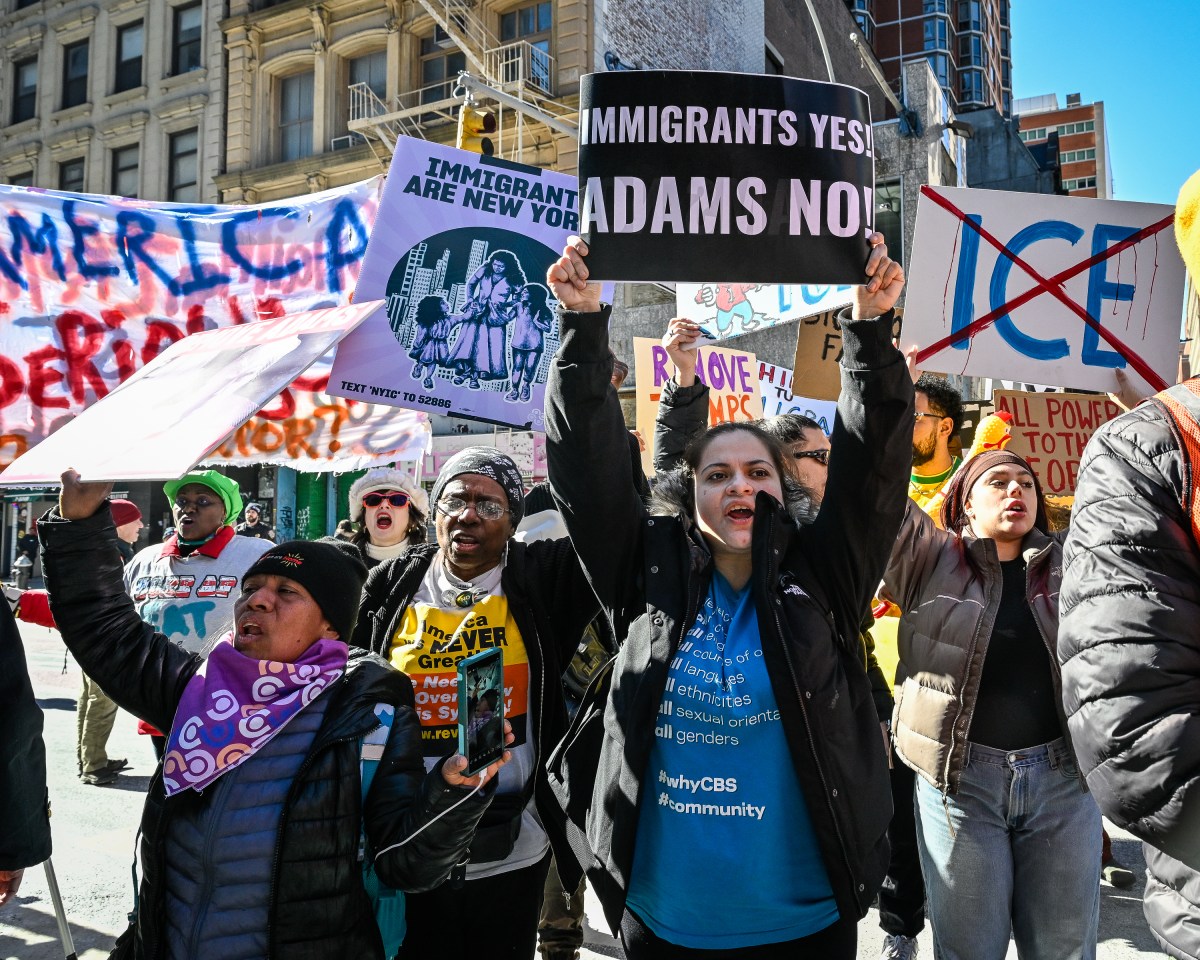– This week — nearly 10 months after the emergence of the Omicron variant — the United States is rolling out COVID-19 booster vaccines that specifically target newer, now-dominant strains of the virus.
The Centers for Disease Control and Prevention (CDC) has estimated that 209 million Americans over the age of 12, or 74 percent of that population, will be eligible for the shots.
Unfortunately, the last year and a half are a stark reminder that it takes much more than even the miracle of “lightning speed” science to ensure widespread vaccination in this country.
In late July, the Kaiser Family Foundation found that the share of people living in counties designated by the CDC’s guidelines as medium or high risk had grown significantly due to the spread of the BA.5 variant.
At that time, 87 percent of the entire population lived in a medium or high risk area. KFF estimated that the number of people living in those counties who were not up to date on their COVID-19 vaccinations had also jumped — to 198 million. This jump represented a 65 percent increase since the start of June alone.
Despite that data, many Americans have nonetheless accepted a faulty narrative that assumes that high-risk Americans are already safely vaccinated and boosted. Older Americans, in particular, have widely been considered “all set.”
But Benjy Renton, a researcher on COVID-19 vaccine delivery, notes that although older people were prioritized during the initial rollout, achieving nearly 91 percent coverage, by this summer there were already more than 15 million Americans over the age of 65 who had not received their first booster.
This spring, a nationwide survey by the COVID States Project found that a higher number of older Americans are unvaccinated and un-boosted compared to the widely reported CDC data used by most public health officials — calling the CDC data “clearly significantly flawed.”
Matthew Baum, a professor of public policy at Harvard University’s John F. Kennedy School of Government and an author on the study’s preprint, said that it has been difficult for the federal government to figure out exactly how many shots have been administered to each individual. “States are uneven in reporting data,” said Baum. Poor vaccination record linkage in the US has exacerbated the problem.
On Sept. 1, new research presented at the CDC’s Advisory Committee on Immunization Practices meeting regarding booster doses showed that more than 30 percent of people over the age of 50 have received no booster. Many people in that cohort have not been boosted simply because they believe they are protected from severe outcomes from the virus since they were “fully vaccinated” back in the first round.
Vaccine uptake for the other COVID-19 boosters has been relatively low. That means millions of Americans currently have waning — no, waned — immunity to a virus that quickly learned to evade the protection offered by initial vaccines.
The new bivalent boosters are thus a way for our immune systems to “upgrade” their response to new forms of the virus, explains Rob Swanda, an mRNA biochemist and science communicator known for his popular online educational videos. The boosters allow our cells to “remember what both the ancestral strain” of the virus looks like and “what the Omicron variant looks like.”
Experts are clear on the fact that these updated boosters will be a “key tool for those at high risk of severe disease,” said Renton. Unfortunately, with every successive booster, uptake has decreased—even among the most vulnerable.
Megan Ranney, a practicing emergency physician, researcher, and public health advocate at the School of Public Health at Brown University, hopes that even “25 to 30 percent of the population, especially immunocompromised and older folks,” get these shots. “That could potentially be really impactful.”
Various studies have shown that increased boosting this round could save many thousands of lives. In late July, the Commonwealth Fund released an analysis estimating that an extensive fall booster vaccination campaign could save 160,000 lives and avert $109 billion in medical costs. Their researchers examined the impact of an early fall vaccination campaign — one that should be right around the corner but has yet to appear.
Even if the campaign’s coverage were slightly less widespread — similar in reach to that of the 2020–2021 influenza vaccination campaign — it would nonetheless prevent nearly 102,000 deaths and more than 1 million hospitalizations, and save $63 billion in direct medical costs by the end of next March. Either of these scenarios could prevent deaths from exceeding 1,000 per day.
Without such a campaign, the authors estimate that a surge could lead to more than 260,000 additional deaths by the end of March. That is, of course, in addition to the 1.04 million deaths the country has already experienced — a figure that has contributed to the nation’s staggering decline in life expectancy last year and the biggest two-year drop in almost 100 years, reported STAT.
What would an effective outreach campaign actually look like?
This week, Renton insisted on Twitter that we especially need to focus on “better outreach to the uninsured,” given that the uninsured represent the “least-vaccinated demographic group” in the US.
Others advocate for institutions to conduct more effective community outreach; Taison Bell, an assistant professor of medicine at the University of Virginia, told me that we need a “multipronged campaign — on the bus, subway, radio — but also a targeted campaign in higher-risk communities” that allows for communication and coordination with local places of worship and community leaders.
I’m convinced. But I cannot say that I am optimistic.
In 2021, as a researcher for the Stanford Internet Observatory’s Virality Project — a team that collected data about online vaccine misinformation and disinformation — I heard from passionate, inspiring doctors, public health experts, and health care advocates who fiercely believed that when provided with the right tools — in the forms of access to the vaccine, accurate information, time off work, childcare, and/or supportive community members with whom they could talk through hesitations and concerns — the vast, vast majority of Americans were open to getting vaccinated and then boosted for COVID-19. I trusted those doctors and advocates.
I still do.
But those tools take time, and they all take a lot of money. As Bell and Renton and others have reminded me, Covid funding has continued to dry up from Congress this summer. In the last few months, Americans have witnessed the ending of a slew of supportive pandemic economic policies, from the Expanded Child Tax Credit to the Uninsured Program and paid pandemic sick leave.
And the Biden administration just announced it will discontinue its free at-home rapid test mailing program due to a lack of funding. The program was critical to detection and prevention last winter and spring during the height of the first two Omicron waves. Americans had until Sept. 2 to order their last batch. After that, Congress is saying––as it has for months, like a terrible rallying cry, or maybe a death chant––“you’re on your own now.”
Lily Meyersohn is a researcher at the Institute for Public Accuracy, where she covers pandemic policy and American health care issues. Prior to that, she was an associate researcher and writer for the Stanford Internet Observatory’s Virality Project, a coalition of research entities that investigated online Covid-19 vaccine misinformation. The group’s work supported information exchange between the research community, public health officials, government agencies, civil society organizations, and social media platforms. She can be reached for more information at lilymeyersohn@gmail.com or @LMeyersohn.
IPS UN Bureau



